“A staggering 347 million children under the age of 18 face high or extremely high levels of water scarcity in South Asia, the highest of any region in the world, ” the report said. South Asia is home to more than a quarter of the world’s children and includes Afghanistan, India, Bangladesh, Bhutan, Maldives, Nepal, Pakistan and Sri Lanka.
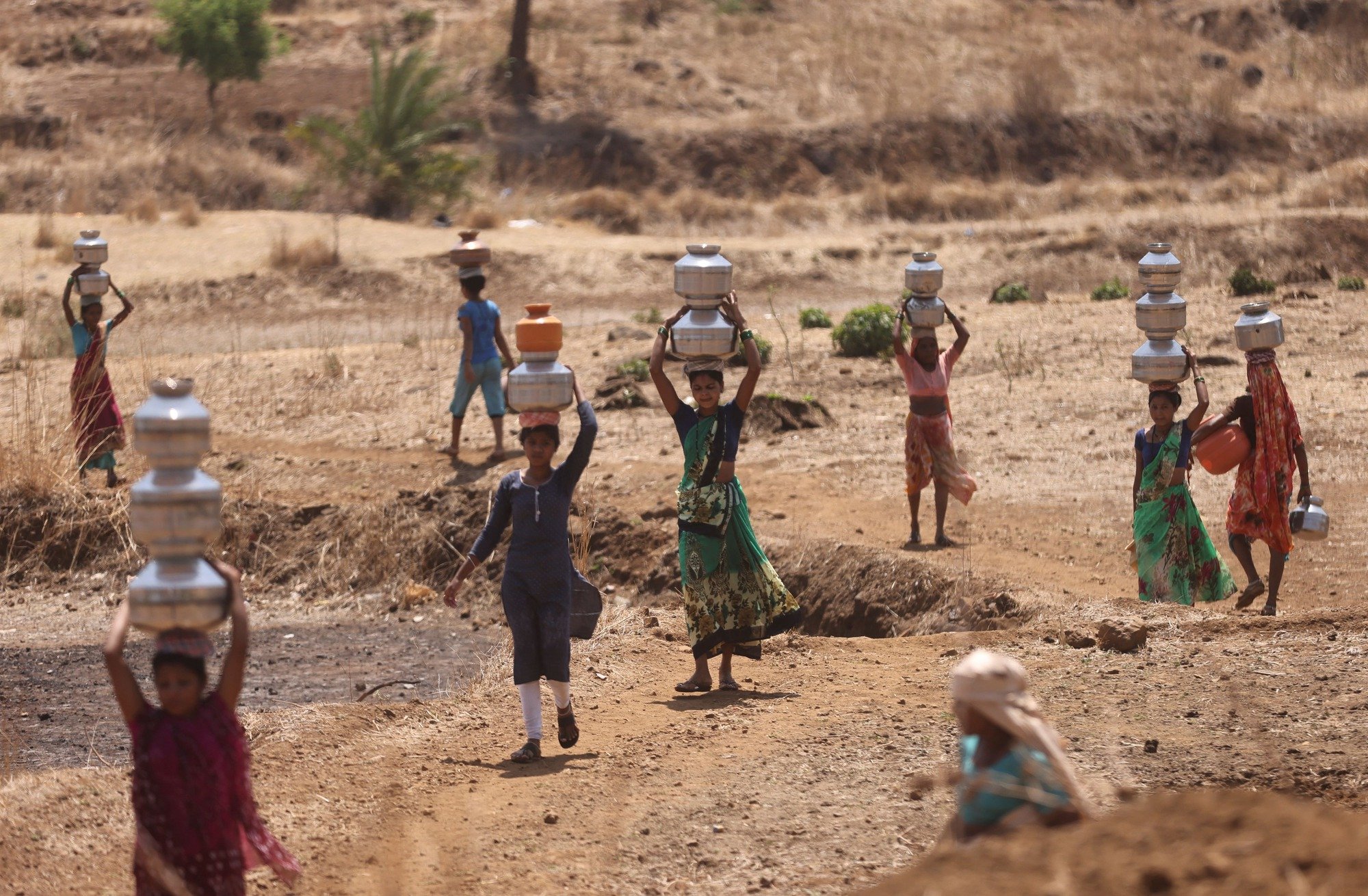
People fetch water in Telamwadi village (Maharashtra state, India)
Climate change is disrupting weather and rainfall patterns, making water supplies unpredictable, the report said. The report cited poor water quality, water shortages and poor management, such as over-exploitation of aquifers, while climate change reduces water recharge. “When village wells dry up, homes, health centres and schools are affected. With the climate becoming increasingly unpredictable, water scarcity is expected to worsen for children in South Asia,” UNICEF forecast.
Women's work: Risking their lives by hanging down a rope to the bottom of a well to get water.
At the 28th UN Climate Change Conference (COP 28) in the United Arab Emirates (UAE) in December, UNICEF will call on leaders to "ensure a habitable planet".
"Safe water is a basic right. Yet millions of children in South Asia do not have enough to drink in a region that is increasingly affected by floods, droughts and other extreme weather events, made worse by climate change," said Sanjay Wijesekera, UNICEF's South Asia director, according to AFP. The report said children are disproportionately affected by the climate crisis, including disease, air pollution and extreme weather events. From conception to adulthood, the health and development of a child's brain, lungs, immune system and other vital functions are affected by the environment.
Last year, 45 million children in South Asia lacked access to basic drinking water services, more than any other region. But UNICEF says services are expanding rapidly, with hopes of halving that number by 2030. The region behind South Asia in water scarcity is East and Southern Africa, where 130 million children are at risk of severe water shortages.
The arduous journey to fetch water in India
Globally, 739 million children live in areas with high or very high levels of water scarcity. UNICEF calls on all parties to take action to protect the lives, health and well-being of children, including by adapting essential social services, empowering every child to be a champion for the environment, and implementing international agreements on sustainability and climate change, including by rapidly reducing emissions.
Source link




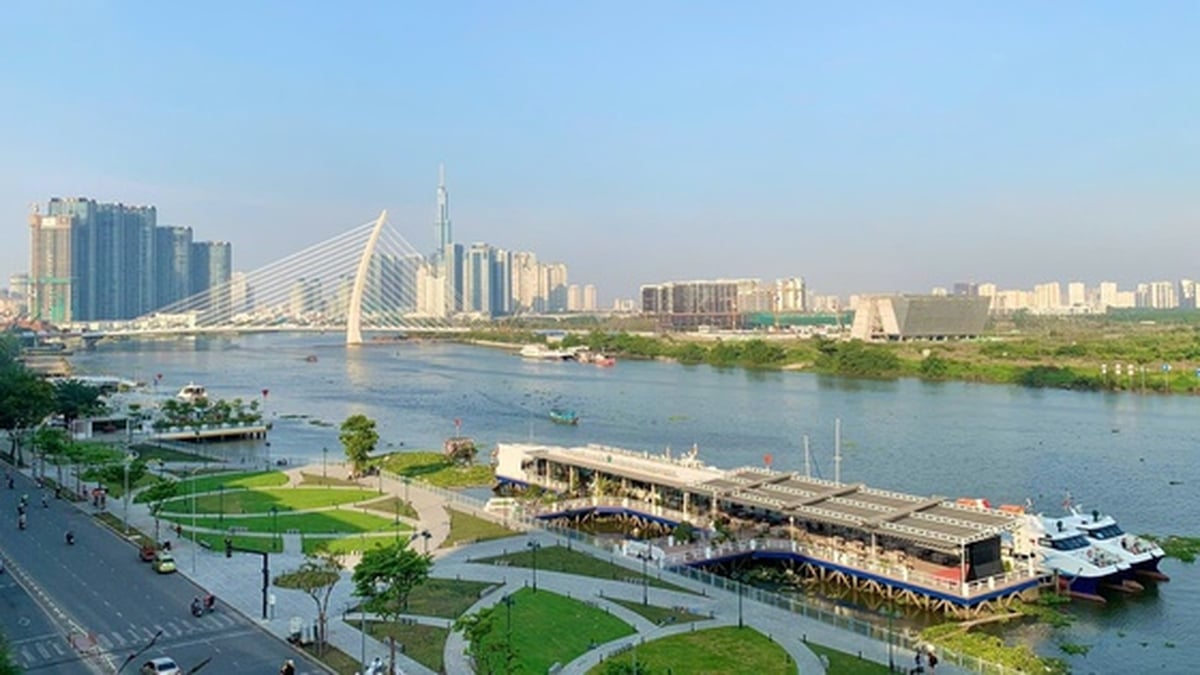

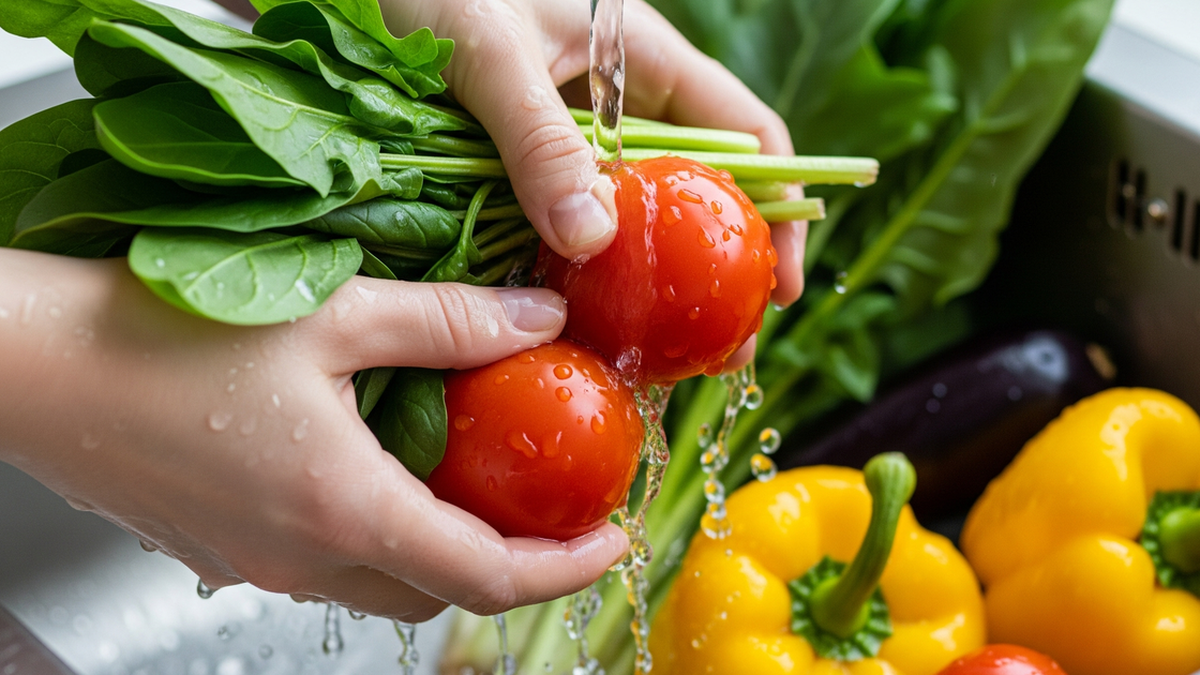


















![[Infographic] Vietnam-Senegal traditional friendship](https://vphoto.vietnam.vn/thumb/1200x675/vietnam/resource/IMAGE/2025/7/23/4c96a604979345adb452af1d439d457b)



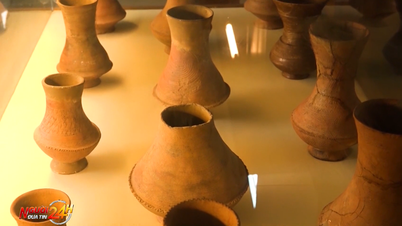




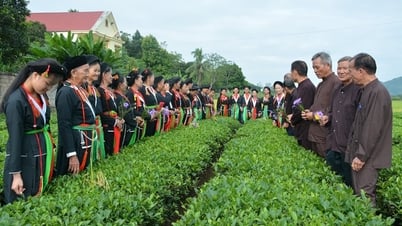

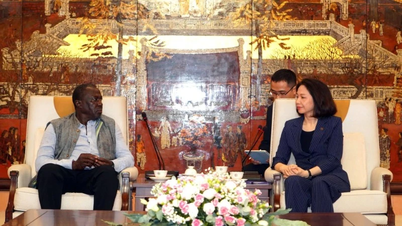








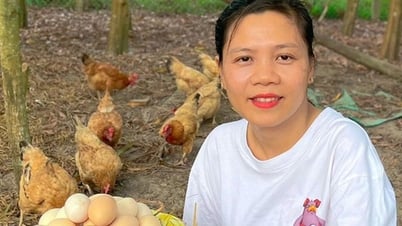





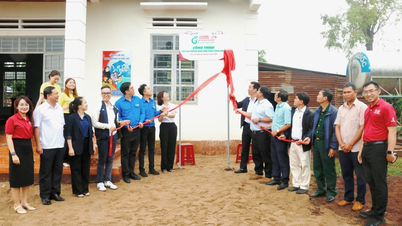

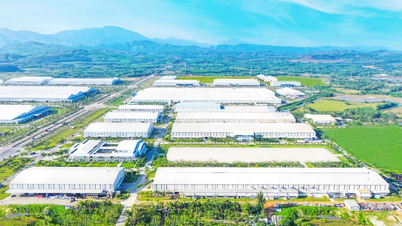
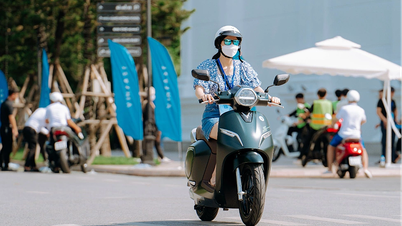




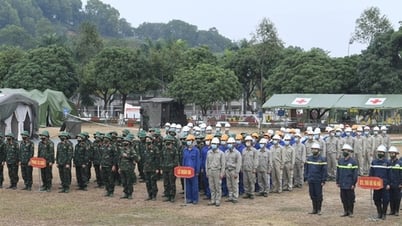







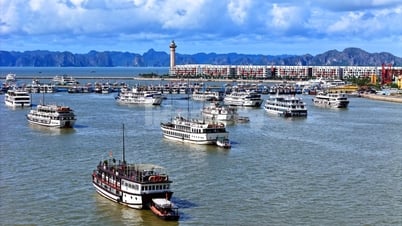

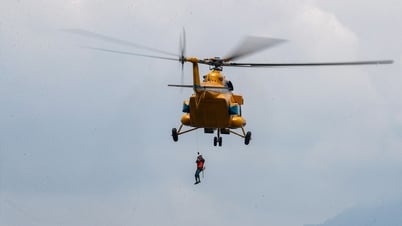






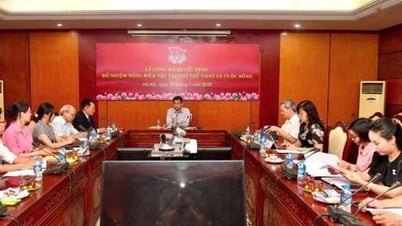

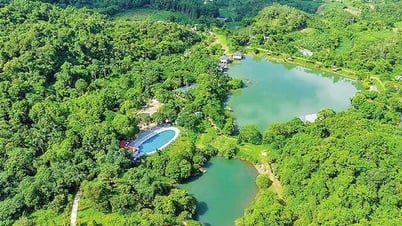







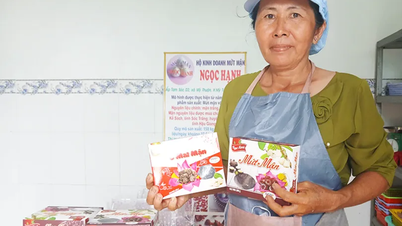

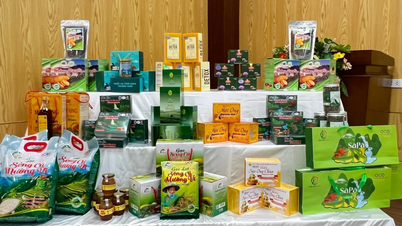



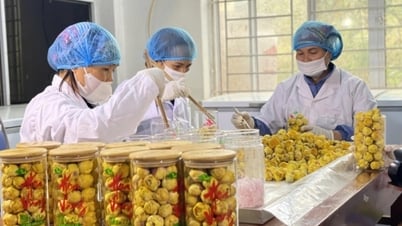









Comment (0)